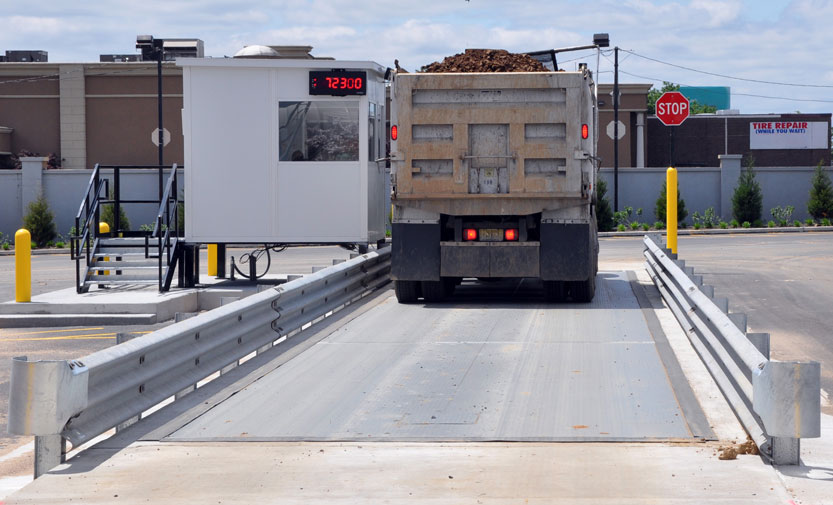Cemex S.A.B. de C.V. announced a collaboration agreement with the Earth Engineering Center (EEC) at Columbia University and City College of New York in which EEC will conduct a year-long study of the life cycle effects of using alternative fuels in cement manufacturing. This study will result in a better understanding of the role that alternative fuels play in society and the environment.
“This collaboration with EEC underscores the urgency of searching for alternative fuels given the continuing rise of oil prices and the increase of waste in landfills,” said Luis Farias, Cemex’s senior vice president of energy and sustainability. “The alternative fuel strategy has already enabled Cemex to avoid the emission of approximately 2.5 million tons of CO2 into the atmosphere per year.”
Led by Professors Nickolas Themelis and Marco Castaldi, from Columbia University and the City College of New York, respectively, the study will focus on waste combustion technologies implemented in Cemex kilns in the United States and Mexico.
“The study is of great interest to the EEC because cement production is the largest materials-based high-temperature process worldwide, therefore, cement kilns present a great potential to reduce the amount of wastes in landfills,” explained Themelis. “This study provides EEC with the opportunity to develop a knowledge position similar to that EEC has attained in the global waste-to-energy technology and industry.”
Since 2005, Cemex has invested more than $175 million, adjusting its production process and installing equipment to use alternative fuels in its cement kilns. In 2012, the company achieved approximately a 27 percent alternative fuel substitution rate in its cement production. Cemex is on track to achieve its target of a 35 percent alternative fuel substitution rate in cement production by 2015.
The substitution of fossil fuels with alternative fuels result in numerous benefits such as the reduction of GHG emissions and use of greenfields for land filling, the displacement of fossil fuels, and lower energy costs.



